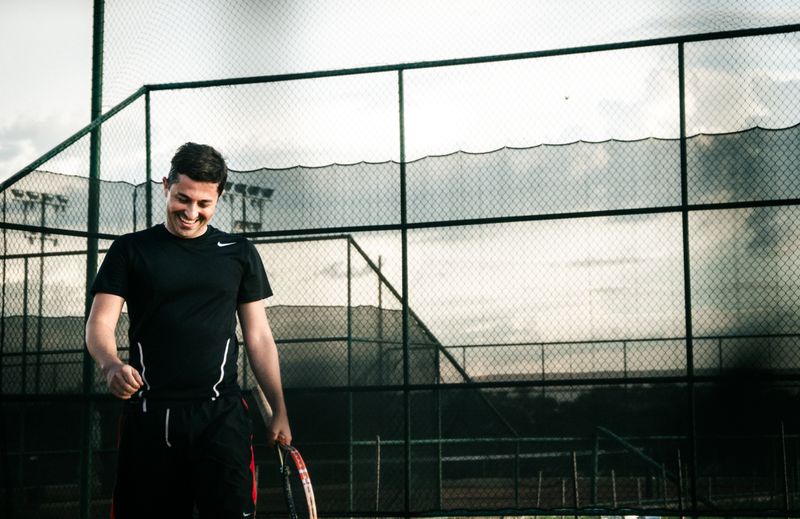Report: The Future of Athlete Health and Training
Introduction
The health and well-being of athletes have always been of critical importance in the world of sports. With more emphasis being placed on physical performance and the pursuit of greatness, questions about athlete health and the future of athlete training have surfaced. In particular, the recent incident involving Bronny James, the son of basketball legend LeBron James, suffering a cardiac arrest during a game has sparked concerns and opened up discussions about the future of athlete health and the measures needed to prevent such occurrences.
The Bronny James Incident
Bronny James’ cardiac arrest incident served as a wake-up call for the sports community. The incident, which occurred during a basketball game, highlighted the risks athletes face, even at a young age. It raised questions about the potential long-term health consequences of intensive training and whether enough is being done to protect the athletes.
The Risks of Intensive Training
Intensive training exposes athletes to a range of physical and mental health risks. The pressure to excel can lead to overtraining, which puts significant stress on the body, including the heart. While exercise is known to have numerous health benefits, excessive training without proper recovery can have adverse effects. Research has shown that repetitive and high-intensity training can increase the risk of cardiac-related incidents, particularly in young athletes.
Protecting Athlete Health
The health and well-being of athletes should be a top priority for sports organizations, trainers, and coaches. It is crucial to implement comprehensive health screening measures, including cardiac evaluations, for athletes at all levels of competition. Regular check-ups and monitoring can help identify any pre-existing conditions or potential risks before they escalate. Additionally, athletes should receive proper education and guidance on the importance of rest and recovery, as well as the signs of overtraining and burnout.
Investing in Research and Innovation
To ensure the future of athlete health, continued investment in research and innovation is essential. The sports science community should focus on developing cutting-edge technologies and techniques to improve athlete performance while minimizing health risks. This includes advancements in wearable technologies, real-time health monitoring, and personalized training programs. Additionally, collaboration between sports organizations, medical professionals, and researchers can lead to a better understanding of the unique health needs of athletes and the development of tailored preventive measures.
The Ethical Dilemma
The future of athlete health also brings forth an ethical dilemma. On one hand, there is a desire to push human limits and achieve extraordinary athletic feats. On the other hand, there is a need to protect the overall well-being and long-term health of athletes. Striking a balance between these two objectives is crucial to ensure that athletes can continue to excel without compromising their health and quality of life.
Editorial: A Call for Action
The recent incident involving Bronny James should be a wake-up call for the sports community. It is time to prioritize athlete health and make significant changes to the current training and monitoring protocols. Sports organizations, trainers, and coaches must take a proactive approach in implementing comprehensive health evaluations and screening procedures. Athletes themselves, along with their support systems, must also prioritize rest, recovery, and self-care.
Conclusion
The future of athlete health and training is a multifaceted issue that requires careful consideration. While the pursuit of excellence and pushing human limits are integral parts of the world of sports, it should not come at the cost of compromising athlete health. Through a combination of improved screening measures, proper education, research, and ethical considerations, we can create a future where athletes can thrive physically and mentally, realizing their full potential while staying protected from health risks.

<< photo by Miguel Á. Padriñán >>
The image is for illustrative purposes only and does not depict the actual situation.




